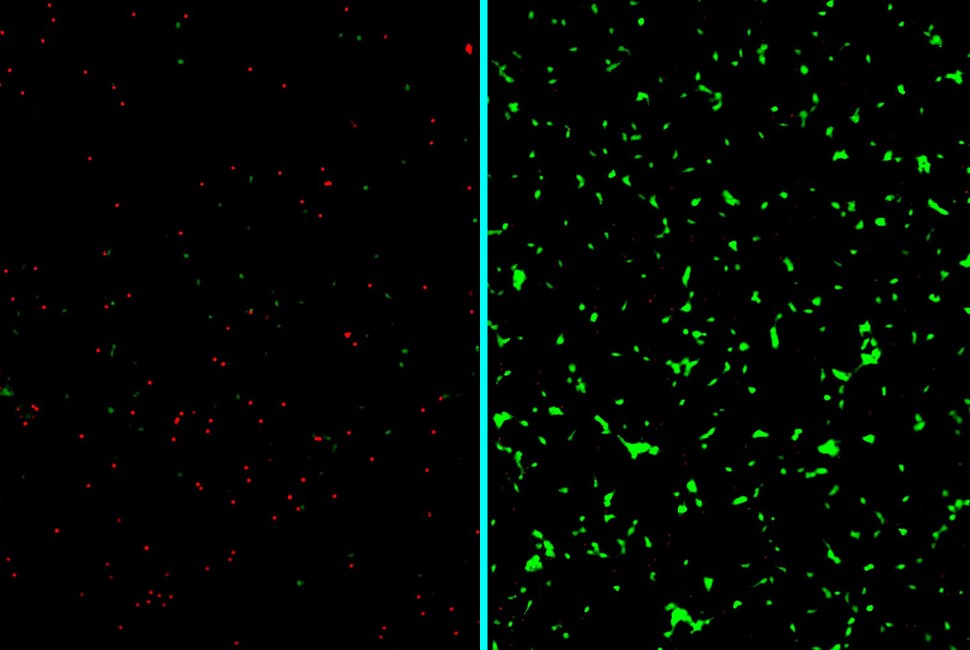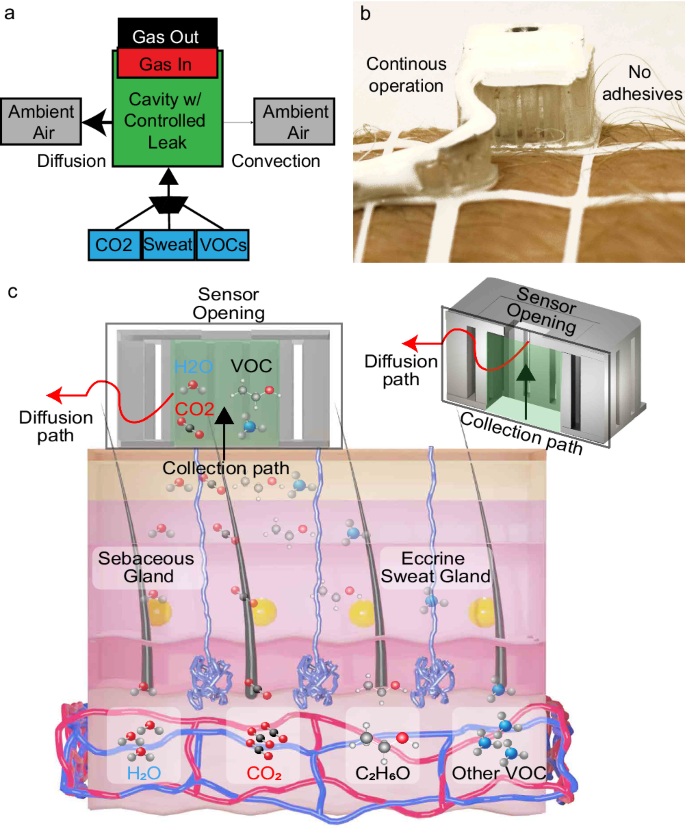2025-05-14 ノースウェスタン大学

Micrographs of human neurons exposed to amyloid-beta proteins and either left untreated (left) or treated with the new nanotherapy developed at Northwestern (right). Dead neurons are stained in red; live neurons are green. Images by Samuel Stupp Laboratory/Northwestern University
<関連情報>
- https://news.northwestern.edu/stories/2025/05/sugar-coated-nanotherapy-dramatically-improves-neuron-survival-in-alzheimers-model/
- https://pubs.acs.org/doi/10.1021/jacs.5c00105
糖ペプチド両親媒性物質とアミロイドペプチドの超分子共重合により神経細胞の生存が改善される Supramolecular Copolymerization of Glycopeptide Amphiphiles and Amyloid Peptides Improves Neuron Survival
Zijun Gao,Ruomeng Qiu,Dhwanit R. Dave,Palash Chandravanshi,Gisele P. Soares,Cara S. Smith,J. Alberto Ortega,Liam C. Palmer,Zaida Álvarez,and Samuel I. Stupp
Journal of the American Chemical Society Published: May 14, 2025
DOI:https://doi.org/10.1021/jacs.5c00105
Abstract
Neurodegenerative diseases such as Alzheimer’s disease and amyotrophic lateral sclerosis are characterized by progressive neuronal loss and the accumulation of misfolded proteins including amyloid proteins. Current therapeutic options include the use of antibodies for these proteins, but novel chemical strategies need to be developed. The disaccharide trehalose has been widely reported to prevent misfolding and aggregation of proteins, and we therefore investigated the conjugation of this moiety to biocompatible peptide amphiphiles (TPAs) known to undergo supramolecular polymerization. Using X-ray scattering, circular dichroism, and infrared spectroscopy, we found that trehalose conjugation destabilized the internal β-sheet structures within the TPA supramolecular polymers as evidenced by a lower thermal transition. Thioflavin T fluorescence showed that these metastable TPA nanofibers suppressed A42 aggregation. Interestingly, we found that the suppression involved supramolecular copolymerization of TPA polymers with Aβ42, which effectively trapped the peptides within the filamentous structures. In vitro assays with human induced pluripotent stem cell-derived neurons demonstrated that these TPAs significantly improved neuron survival compared to other conditions. Our study highlights the potential of properly tuned supramolecular polymerizations of monomers to safely remove amyloidogenic proteins in neurodegeneration.


